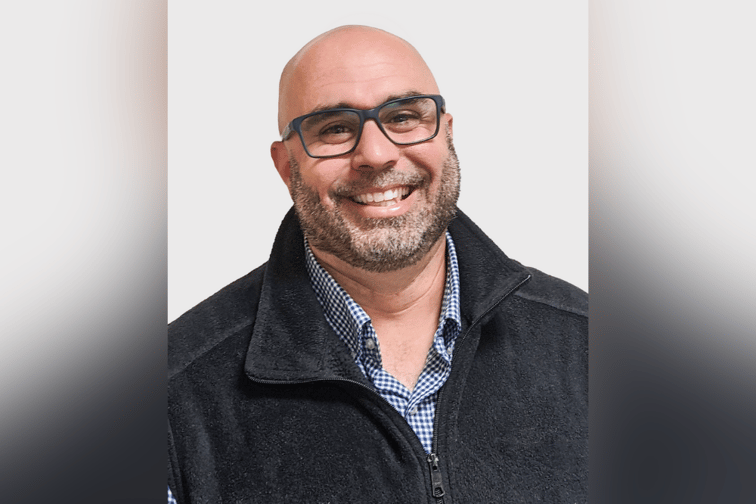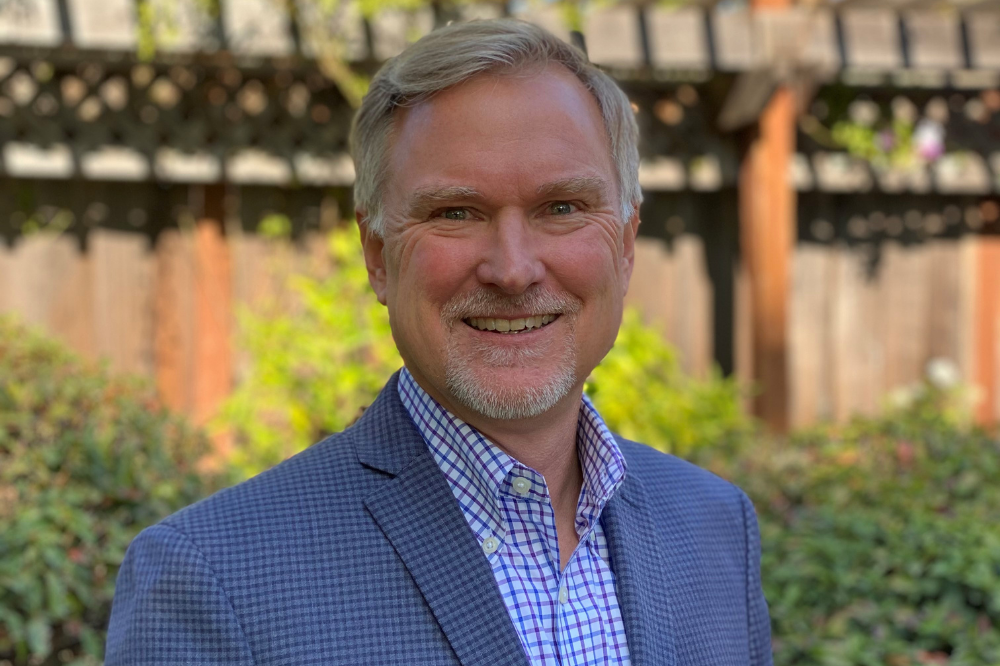

This article was produced in partnership with Tokio Marine HCC-Cyber & Professional Lines Group (CPLG)
Karen Surca, of Insurance Business America, sat down with Trevor Saccente, Senior Underwriter for the Architects & Engineers/Contractors Professional Liability (AE/CP) team at CPLG, and Steve Hansen, Vice President, Underwriting for AE/CP at Tokio Marine HCC-Cyber and Professional Lines Group to discuss the growing need for contractors professional liability when undertaking all the elements and individuals involved in new design-build projects.
The commercial construction industry is everchanging. Proposed construction initiatives are oftentimes vulnerable to outside economic factors including the overall supply and demand of project types, as well as world events such as the prolonged COVID-19 global pandemic.
These hard to predict external pressures can impact the scale and timing of commercial construction projects. General inflationary pressures, and resulting cost considerations, also help to determine the overall parameters of current and upcoming construction initiatives.
Before any commercial project can break ground, they need to have materials, manpower, and a design team in place to effectively execute the project.
In addition, general contractors need to be cognizant of the overall costs of a designated project type after weighing specific design considerations in the current commercial construction climate.
For Tokio Marine HCC – Cyber & Professional Lines Group (CPLG), a member of the Tokio Marine HCC group of companies based in Houston, Texas, another key aspect in helping a commercial project take flight is to provide general contractors with contractors professional liability insurance as more contractors are taking on more design-build projects where they are responsible for hiring the design team.
Read next: Tokio Marine HCC swoops for Qdos contractor
“In addition to the increase in design-build projects, we are seeing an increase in contracts requiring general contractors to carry contractors professional liability insurance,” stated Trevor Saccente (pictured top), Senior Underwriter for the Architects & Engineers/Contractors Professional Liability (AE/CP) team at CPLG.
“With the industry moving towards a design-build delivery method, where the contractor is in charge of the design aspect of any construction with either an in-house design team or by sub-contracting that design, general liability may not cover a negligent design-related claim,” Saccente added.
Citing the sheer number of claims arising from design-build projects, Saccente pointed to a recent study conducted by HKA, a leading global consulting firm in risk mitigation and dispute resolution, which recently released a study involving over 1,100 construction projects. One of the top drivers of construction disputes was incorrect design. From a risk management perspective, it is important that contractors hire designers that carry their own professional liability insurance.
Steve Hansen (pictured below), Vice President, Underwriting for AE/CP at Tokio Marine HCC – Cyber & Professional Lines Group highlighted that, unfortunately, contractors general liability simply may not cover the risks that contractors are exposed to on design-build projects.
In addition to the professional liability coverage, the contractors professional form also includes rectification expenses coverage, contractors pollution and contractors protective.

“Rectification coverage, which is also known as mitigation expenses coverage, is a first-party coverage for a design error that might occur during the construction of the project. This coverage allows the contractor to report the design error to the carrier without waiting for a claim to be made. It is designed to provide coverage to resolve design issues while minimizing conflicts between the insured and their clients. We prefer to get involved early in the process to mitigate the situation before a claim is made,” Hansen explained.
“Contractors pollution incident liability coverage is an optional coverage that can be purchased under the policy, which provides the contractor coverage for pollution incidents arising out of contracting activities at the job site,” Saccente explained.
The pollution coverage also applies to transportation pollution liability and coverage for a pollution incident arising at non-owned disposal facilities such as a landfill.
Another optional coverage is contractors protective coverage, which Hansen mentioned is important for contractors that sub out their design services. It is a first-party coverage that indemnifies the named insured, excess of the design professional’s professional liability insurance, for costs the contractor incurs, as a result of a design professional’s error.
Saccente and Hansen agreed that certain claims will outnumber others.
“The most prevalent construction defect claim made in my experience is water intrusion. It is something that happens when the building is not properly sealed,” Saccente stated.
Hansen and Saccente are also keeping their eyes on broader forces at play including supply chain disruptions, shortage of skilled labor, and the increased cost of materials, which may lead to cost overruns and delays in construction.
We often hear contractors say they do not need the coverage because they do not have professionals on staff, and they sub out the design to firms that carry their own professional liability insurance. However, in the event of a claim, the design firm could be out of business, carry inadequate limits, or have let their insurance lapse. In addition, a contractor’s professional policy provides a defense for the contractor, which they would not have if they relied solely on their sub-consultants insurance.
Hansen pointed out that contractors professional liability provides defense for a contractor against any third-party allegations of professional negligence.
Saccente stated that “a contractor should not rely on their contract with a design professional to provide a defense for them against claims of professional negligence.”
The primary purpose of the contractors professional policy is to cover professional services performed by employees, which includes architects, engineers, land surveyors, or construction managers employed by the contractor, as well as the vicarious liability of hiring professional subconsultants. At CPLG, you can feel rest assured that your clients have the proper coverage in place for their unique exposures.
Steve Hansen joined Tokio Marine HCC in March 1997 as an Underwriter and now serves as Vice President of Underwriting for the AE/CP Division of the Cyber & Professional Lines Group. Steve is involved with the management of the underwriting department, which includes underwriting a portfolio of new and renewal business, training staff, sign off/approvals for accounts outside the underwriter’s authority levels, developing new policies, marketing, and business development. Before his career in insurance, Steve spent seven years working as an environmental/geotechnical engineer. He holds a B.S. degree in Civil Engineering from U.C. Davis and an MBA from St. Mary’s College. He is a licensed professional Civil Engineer in the state of California. Steve also holds a California Department of Insurance Casualty/Property Broker License.
Trevor J. Saccente is a Senior Underwriter with the Architects & Engineers & Contractors Professional team. Trevor is based out of the Mount Kisco, New York office. He holds a B.A. from American University in Political Science and J.D. from Catholic University. Prior to joining TMHCC, Trevor practiced law in New York both in the public and private sectors. While Trevor’s underwriting is focused in the A/E arena, he is a point of contact for the newest program being offered, Scientist Professional Liability Coverage, which is a unique product in the Professional Liability marketplace. Trevor has been with Tokio Marine HCC for the past 10 years. In his spare time, Trevor coaches his son’s travel baseball team and travels frequently with his family.
